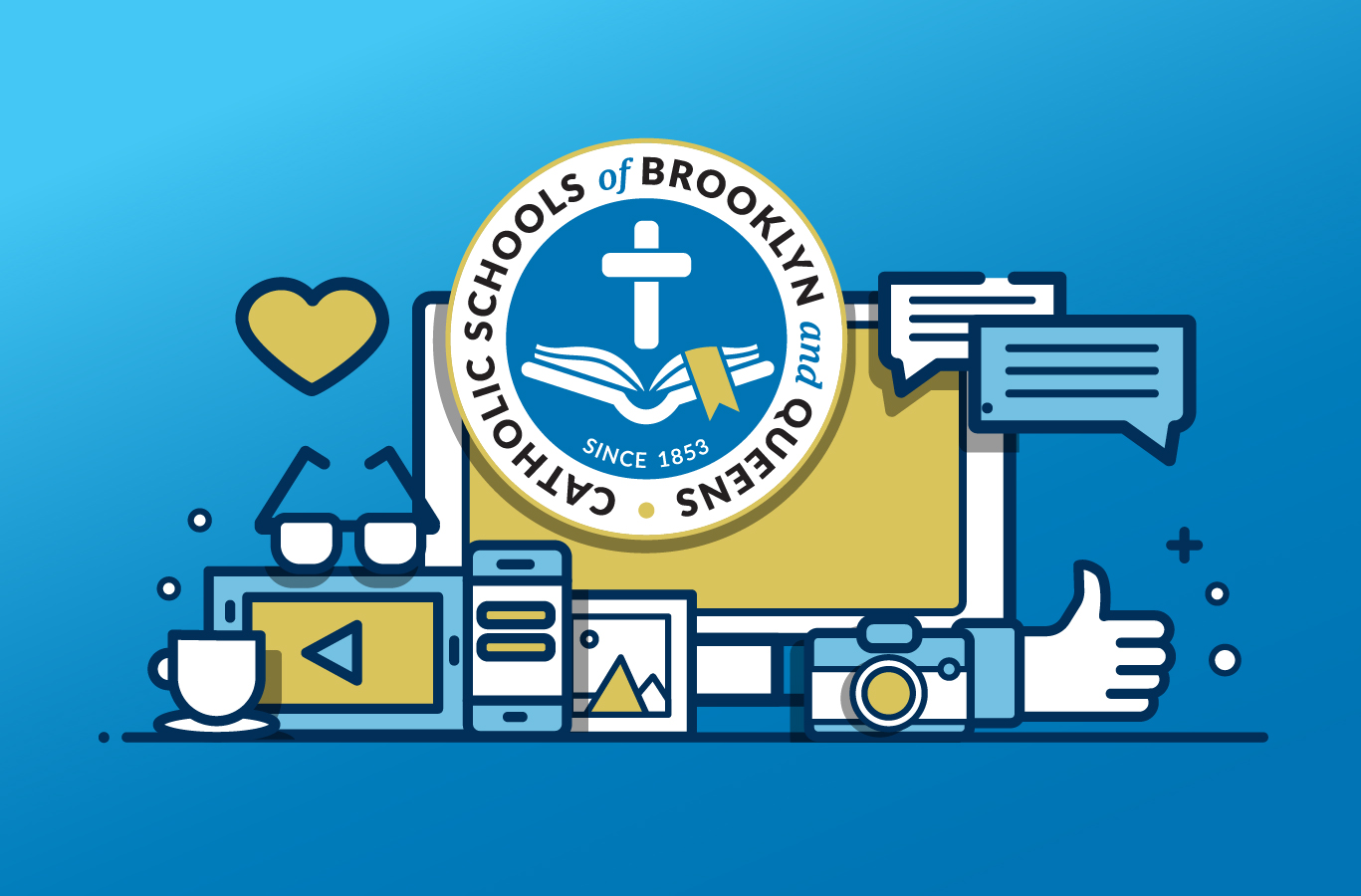Routine is healthy for children, no matter the situation. In high-energy times of confusion and panic, however, positive repetition is crucial to staying stable and productive. As your family practices “social distancing,” or actions intended to stop or slow the spread of infection, establishing and maintaining a routine together with your child is the first step to being successful in the transition to online learning.
Use the examples below for inspiration for designing your child’s routine as he or she continues to adapt to the changes wrought by COVID-19.
Why Routine is Important
With so much news and information surrounding the Coronavirus floating around, your child is bound to pick some of it up. He or she may feel anxious or confused, and many new and difficult questions may arise. Routine is the key to easing these anxieties and ensuring your child remains focused on learning.
“Routines provide structure and a sense of safety, which helps our students to be ready to learn and take intellectual risks,” says Ellen Mahoney, the author of Ten Strategies for Educators’ Wellbeing: A Handbook for Schools During the COVID-19 Outbreak. By starting early and encouraging your child to be healthy and active at every stage of the routine, he or she will be better prepared to face the transition from learning in the classroom to learning at home.
Example Home-Schooling Schedule
Before 9:00 a.m. – Wake up, brush your teeth, make the bed and get dressed, and eat breakfast.
9:00-10:00 a.m. – Practice a morning ritual, beginning with a prayer with your child, and then a short walk or light exercise.
10:00-11:00 a.m. – Time for learning! For older children, do your schoolwork as assigned by your teacher. For younger children, consider puzzle books, flash cards, journaling, or study guides that align with materials provided by their teacher.
11:00-12:00 p.m. – Use this hour to be creative. Draw or paint a picture, craft a project, or play music.
12:00-12:30 p.m. – Have a healthy and balanced lunch.
12:30-1:00 p.m. – Do household chores or ask your parents/guardians if they need any help.
1:00-2:30 p.m. – Use this time as quiet time. Read a book, put together a puzzle, or take a nap.
2:30-4:00 p.m. – More time for learning! For older children, continue with your teacher-assigned work. For younger children, consider incorporating technology into this academic time by watching an educational television show or playing educational iPad games.
4:00-5:00 p.m. – Practice an afternoon ritual, such as a walk or light exercise.
5:00-6:00 p.m. – Have dinner with your family.
6:00-8:00 p.m. – Use this time as free time. Watch television or play games!
After 8:00 p.m. – Go to bed and prepare for the next day.
Resources for Enriching Your Child’s At-Home Experience
During this transitional period from learning in the formal classroom to learning from home or elsewhere, your children may crave further activities and resources that will enhance their learning experience. In this technological age, screen time has become deeply ingrained in current pedagogies – providing your children with additional online educational resources can support their learning as they remain physically separated from their teachers and peers.
Khan Academy Kids – For your children ages two to seven, this app serves as curated collection of activities, books, videos, and coloring pages. a collection of books This app contains books and activities for ages 2-7.
BrainPop Jr. – This site targets children in Kindergarten to 3rd grade that supports core and supplemental subjects. While the site has subscription options, it also has free videos and activities.
BreakoutEdu – This site’s digital “escape rooms” give children an outlet for some healthy competition, designed using grade appropriate content for Kindergarten through 12th grade. (options for K-12). Several rooms for different grade levels are available for free.
Code – This site teaches students how to code through fun and free games and instruction.
Mystery Science – Aimed at children in Kindergarten through 5th grade, this site provides access to science related videos, lessons, and activities. For the remainder of the academic year, the site is currently offering its resources at no cost.
PBS Kids – Use this website for fun videos and games for your child. The site also provides helpful tips for parents and children for successfully learning at home.
Sesame Street – Aimed at younger children, this site provides access to a collection of videos, games, and art.
Starfall – For younger children in Pre-K to 3rd grade, this website provides access to a collection of videos, games, and reading activities. Paid and free content are both available.
Vooks – For the remainder of the academic year, this website will provide access to animated read-aloud texts for free.
Sources:
https://qz.com/1814589/how-to-give-your-kids-stability-when-coronavirus-closes-schools/



